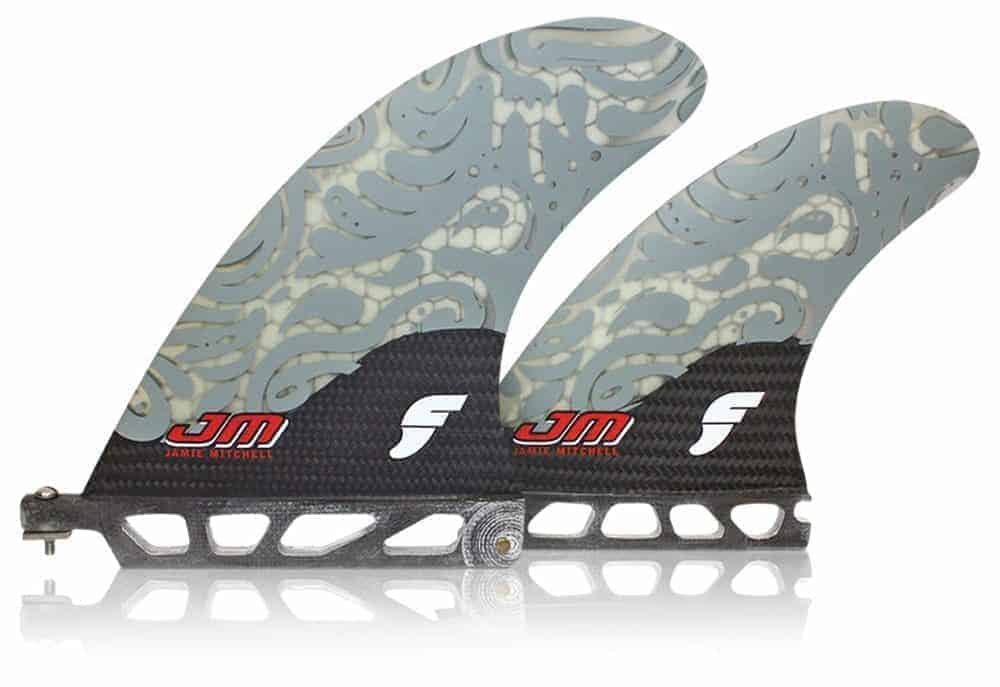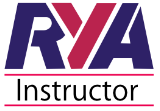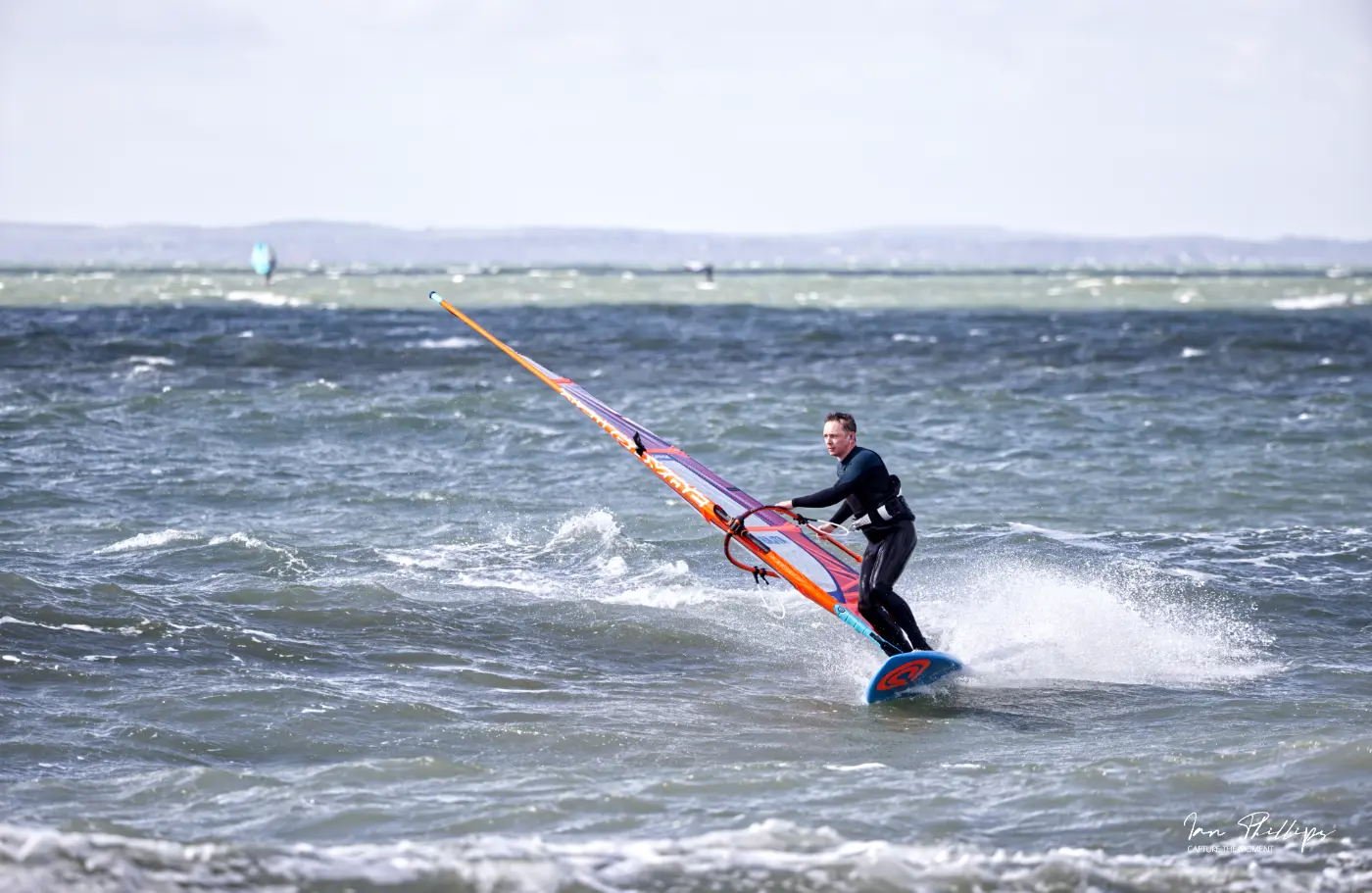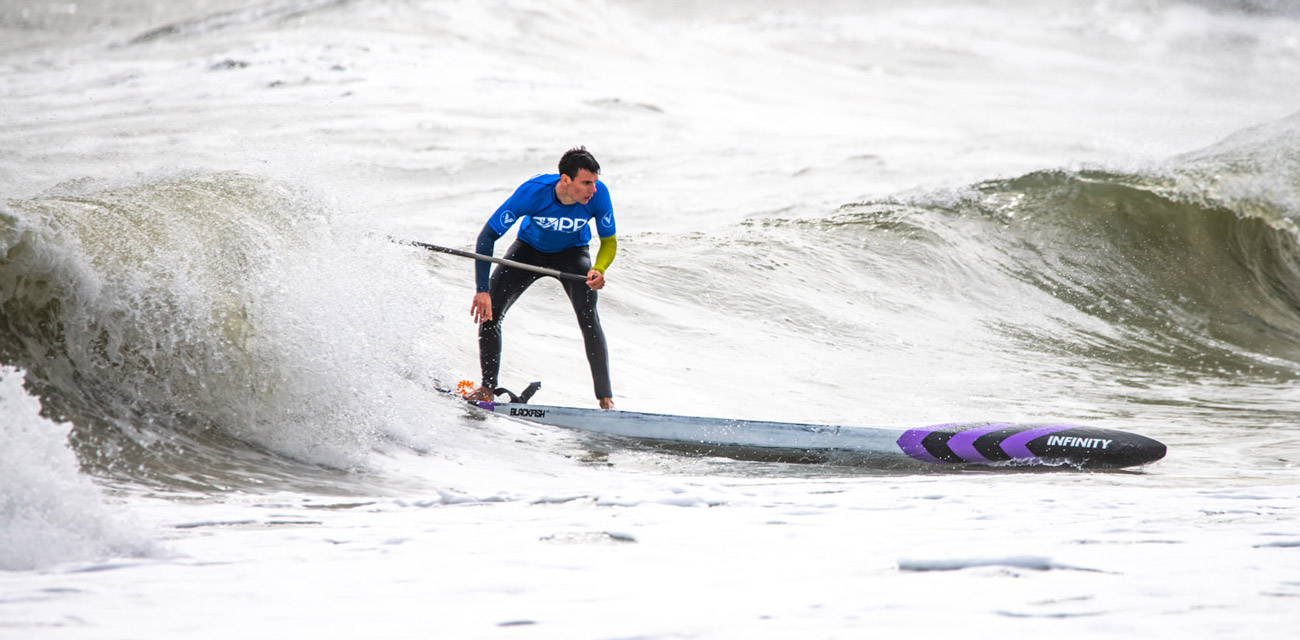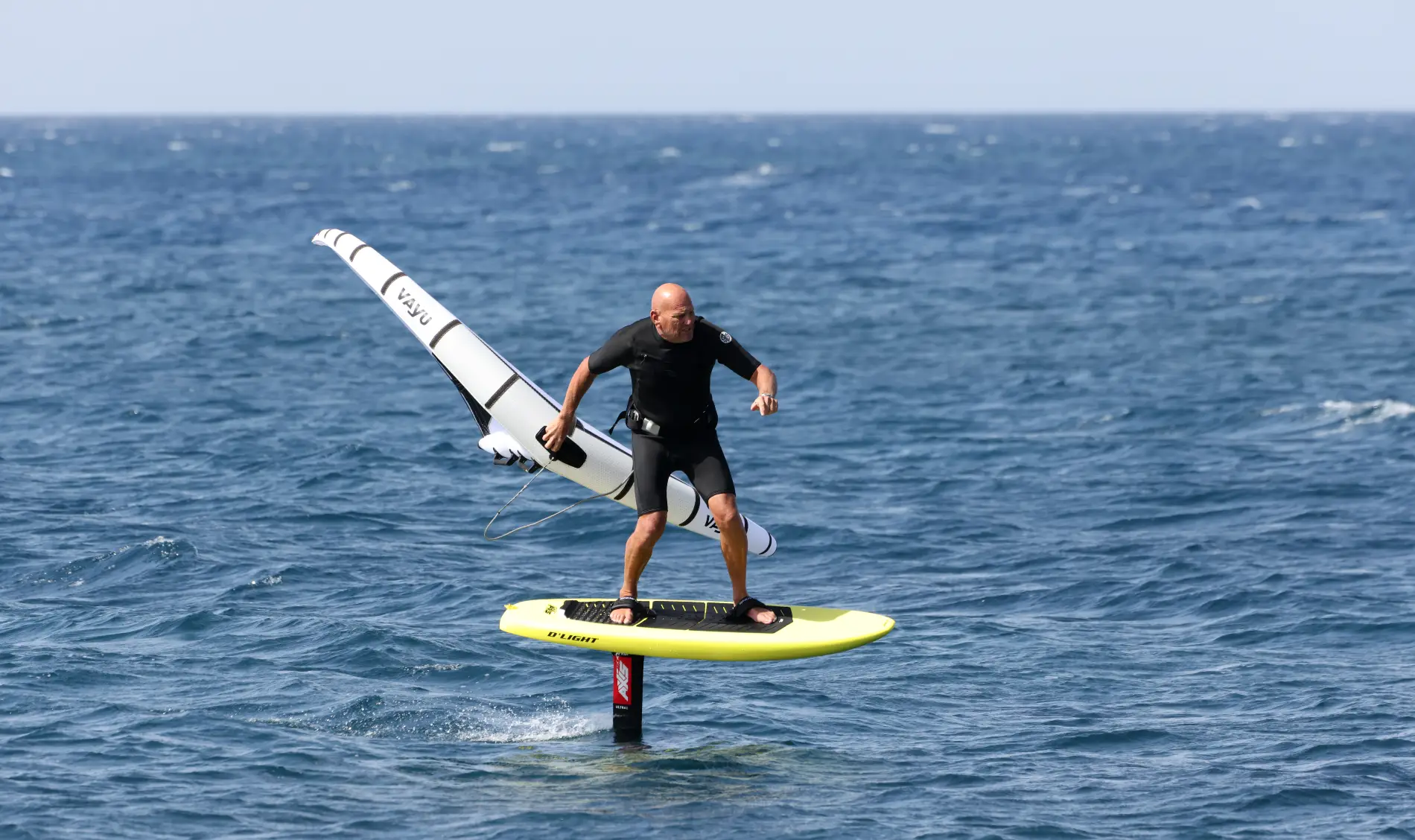Most of you will have bought a board, stuck the fins in it and that’s it. Now it’s fair to say that the fins coming with a board will generally be suitable for the boards proposed purpose but can we do better and get more out of our board.
Something like an allround recreational sup will come with fins more suited to the surfing side of things. Slightly raked back, not too big or small. Depending on the length of the board goes a way to dictating how many fins are in the board. 
With a single fin, it will be larger than a tri-fin setup. Obviously this is because of the surface area of the fin. Surface area is also relative to the size of board, conditions it will be used in and rider size. If you want to get a quick feel for how different the ride can be try taking out the two side fins and see how many strokes per side you get.
Single fin setup
The single fin setup gives the board greater straight line hold depending on its size. Often with a larget single fin this hold can be restrictive if surfing but in a downwind situation that hold is appreciated and aids in control.
Tri or quad fin setup
A tri or quad setup helps hold the board in turns whilst promoting quick turns of speed as the water passes between the fins, but in flat water situations the extra fins can increase drag and reduce glide. Looking at the fins in a multi fin setup you can see that only the centre fin is in the direction of the wave/ board. The extras have a slight angle to them called CANT. This means they are angled towards the centreline of the board. The more angled the fins are the looser the board will be but the more drag will be created. This sort of drag won’t so much be felt when surfing due to the waves energy but you will notice it when paddling on flat water.
Race or touring boards
A lot of boards will come with a flatwater style of fin. The problem is that many paddlers will find themselves being drawn to playing in the surf and those fins won’t be helping.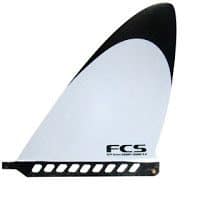
Flatwater fins
You could consider flatwater fins as being categorised into Touring – Racing and Downwind types.
Touring has one goal and that is to keep a board tracking straight. This is often acheived by having a wider base and a lot of the fin reaching back so it is difficult for the fin to pivot.
Downwinder fins are purpose made with distinct characteristics. Their surface area is gained not in the horizontal plane but in being deeper. The concept is simple, you want to keep the board tracking true and not slippig and spinning around in rougher waters when the tail lifts and air possibly gets around the fin. You also don’t need a greater horizontal profile that overloads the fin under speed and pressure making the board unstable. Those of you who windsurf will really get this concept called Spin-out.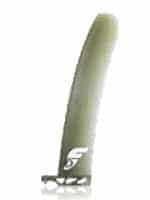
For me I would consider the conditions before a downwind paddle and look at wind speed and water conditions. If I new we were going to be taking a pretty relaxed paddle I would take something that could cope better in slower speeds giving greater stability, but if I were going to be going flat out I would want a smaller fin.
